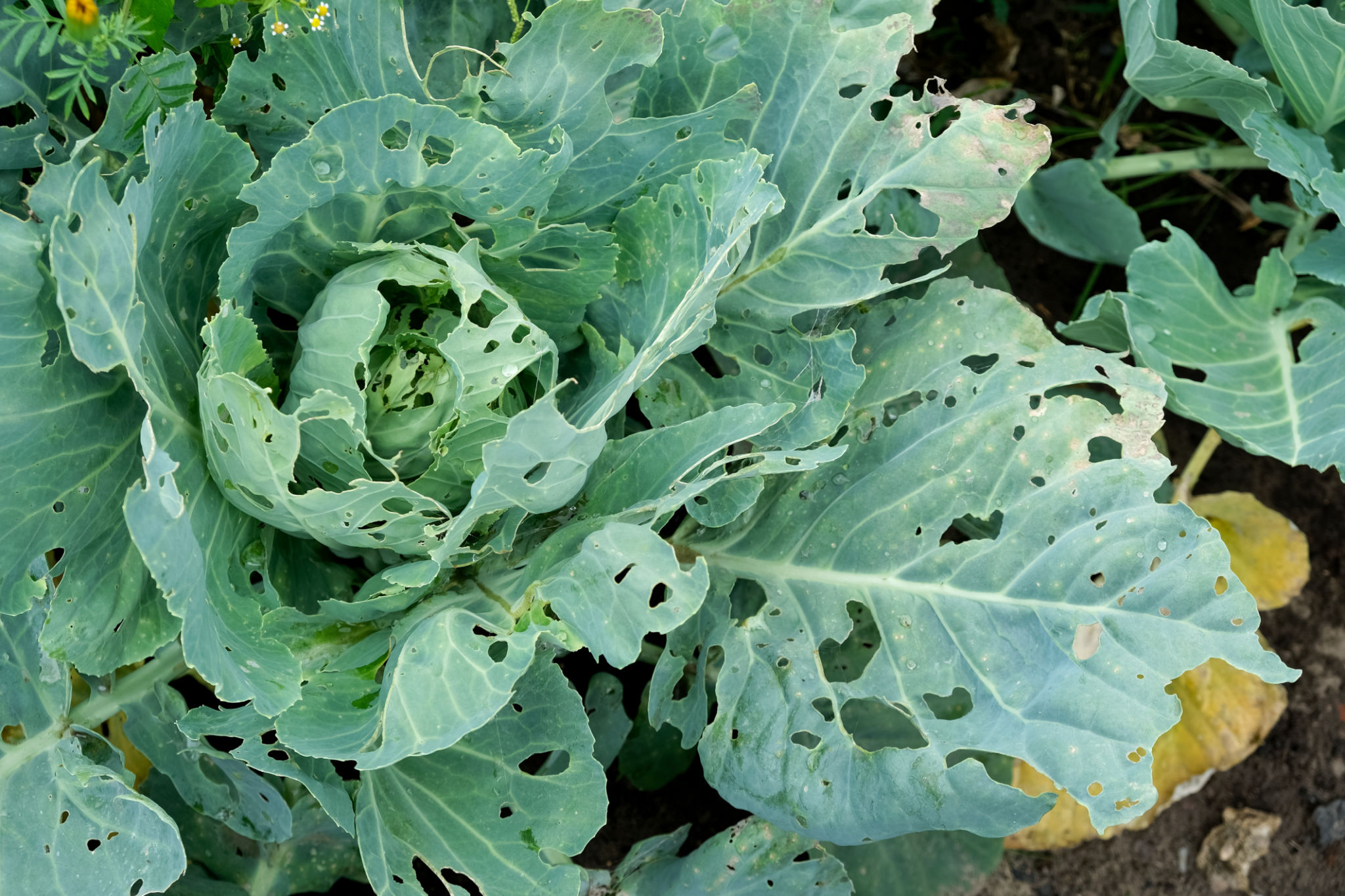Seasonal Tips for Maintaining Your Vertical Garden in Urban Environments
Understanding Your Urban Vertical Garden
Urban living often means limited space, but that doesn't mean you have to give up on gardening. A vertical garden is a fantastic solution for city dwellers who want to enjoy the beauty and benefits of greenery in their homes. These gardens utilize vertical space, allowing you to grow plants on walls or stacked in layers. However, maintaining a vertical garden in an urban environment requires some specific strategies to ensure its success throughout the year.

Adapting to Seasonal Changes
Each season brings its own set of challenges and opportunities for your vertical garden. It's crucial to adapt your gardening practices as the seasons change to keep your plants healthy and thriving. Whether it's the heat of summer or the chill of winter, understanding how to care for your plants year-round is key.
During spring and summer, your plants will likely experience a growth spurt due to increased sunlight and temperatures. This is the time to focus on regular watering and fertilizing to support this growth. Conversely, in fall and winter, many plants will enter a dormant phase, requiring less water and nutrients.
Watering Techniques
Proper watering is essential for maintaining a healthy vertical garden. During warmer months, the soil can dry out quickly, so it's important to monitor moisture levels regularly. Consider using a drip irrigation system or self-watering planters to ensure consistent moisture without overwatering.

In colder months, reduce watering frequency but ensure that the soil doesn't completely dry out. Overwatering during winter can lead to root rot, so always check the topsoil before reaching for the watering can.
Soil and Fertilization
The right soil mix is crucial for the success of your vertical garden. Use a high-quality potting mix that retains moisture but also allows for good drainage. This is especially important in vertical gardens where water can easily run off.
Fertilizing is another critical component. During the growing season, apply a balanced liquid fertilizer every few weeks to provide the necessary nutrients. In fall and winter, reduce fertilization as plant growth slows down.
Pest Management
Pests can be a challenge in any garden, but in urban environments, they can be particularly persistent. Regularly inspect your plants for signs of infestations such as discolored leaves or unusual spots.

Use organic pest control methods whenever possible. Neem oil, insecticidal soap, and companion planting can help keep unwanted visitors at bay without harming beneficial insects.
Light and Temperature Considerations
Urban environments can present unique lighting challenges due to surrounding buildings and weather conditions. Ensure your vertical garden receives adequate sunlight by choosing locations with optimal exposure and considering artificial grow lights if necessary.
Temperature fluctuations can also impact plant health. During extreme weather conditions, consider using protective covers or moving portable vertical gardens indoors to shield them from harsh elements.
Regular Maintenance
Consistent care is vital for the long-term success of your vertical garden. Prune plants regularly to remove dead or damaged foliage and encourage new growth. Additionally, check support structures and ties to ensure they remain secure over time.
By following these seasonal tips, you can enjoy a lush, thriving vertical garden that enhances your urban living space all year round. Happy gardening!